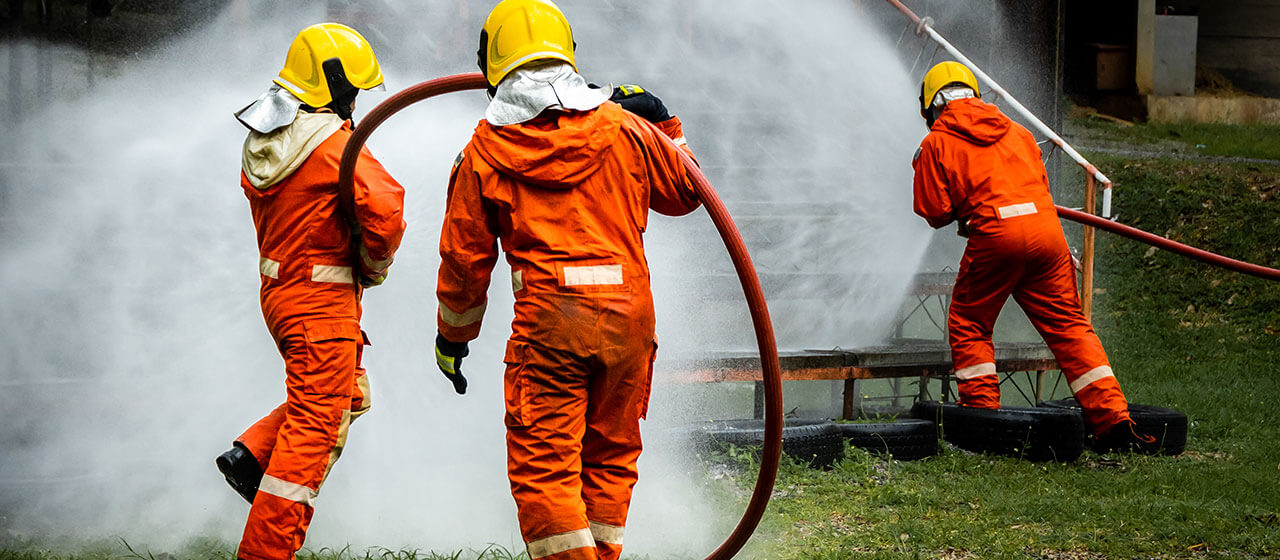What Are The Most Common NYC Fire Code Violations?

The New York City landscape is filled with apartments, businesses, and historical buildings. They have their own set of responsibilities. It is crucial to follow the fire safety regulations set by the FDNY (Fire Department of New York City). These regulations are strict to keep buildings and people safe. Even with these precautions, there are common violations that often increase the risk of fire hazards. This post aims to emphasize recurring NYC fire code violations. It highlights potential concerns for property owners and residents.
Ensuring the safety of every New Yorker involves more than following the NYC fire code. It’s a crucial part of meeting legal requirements. Regularly reviewing fire safety norms and taking proactive measures to follow the code is important. This commitment will decrease the chance of fire disasters. It will also ensure a safe environment for work and living. Prevention is crucial for ensuring the safety of New York City as a place to live and work. Being vigilant about fire safety is the key.
Unobstructed Exits: A Non-Negotiable
Access to exits in the face of fire emergencies can mean the difference between life and death. Every building, regardless of its size or type, must have clear exits according to the NYC fire code. A common problem is when corridors, staircases, and fire escape routes are blocked, making it hard to evacuate in emergencies.
Not Just Fire Extinguishers, But Functional Ones
The need for fire extinguishing systems can’t be overstated. Sprinklers, extinguishers, and standpipes should always work well to control and reduce fire incidents. Unfortunately, violations related to the inadequate upkeep, lack of inspections, or incorrect installations of these systems are commonly encountered.
The Absence or Poor Maintenance of Fire Alarms
Equally serious are the violations related to the crucial fire alarm systems. They are vital for early detection of fires and ensuring timely evacuation. Non-compliance can lead to penalties and pose a risk to safety in the event of fires. It includes improper maintenance, faulty installation, and the absence of alarms in required areas.
A Slip-up in Emergency Preparedness: A Potential Hazard
To comply with NYC fire codes, it’s not enough to just install fire safety equipment. The guidelines also cover emergency preparedness and require strict adherence. Failure to follow this, such as not having emergency action plans in writing, not adequately training staff, or neglecting regular fire drills, is a major common violation.
Overlooking Storage Norms for Flammable Materials
The improper storage of flammable material is another frequent violation. Flammable materials are very risky. Therefore, strict regulations in the NYC fire code govern their storage. Violation of these norms can hugely increase the risk of fire incidents.
Incorrect or Absent Fire Department Connections
Fire Department Connections, also known as FDCs, play a crucial role in a building’s standpipe or sprinkler system. They allow the fire department to pump water during a fire. The NYC fire code has specific requirements on the location, marking, and access to FDCs. Many buildings lack proper Fire Department Connections (FDCs) due to neglect or ignorance. Some FDCs are not in the right location, not properly marked, or obstructed. Violations result in penalties and make firefighting operations more difficult during emergencies.
Lapses in Inspection, Testing, and Keeping Records
Lastly, if you don’t inspect and test fire safety systems regularly or keep records of these activities, it’s also a violation. It is vital for fire safety to have regular checks performed by licensed professionals and to maintain comprehensive records.
